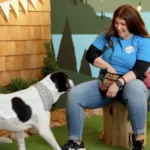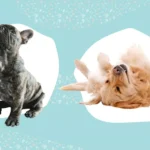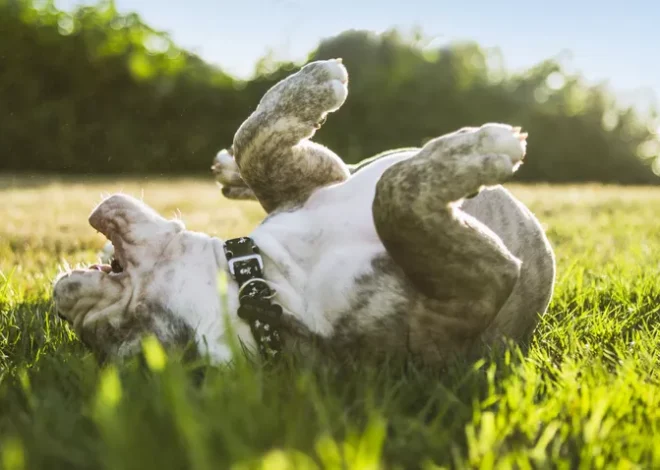
Decoding Dog Appeasement Gestures: Understanding Your Canine’s Silent Language

Dogs are masters of non-verbal communication, expressing their emotions and intentions through a fascinating array of body language signals. Appeasement gestures are a crucial part of this communication system, offering insights into your furry friend’s emotional state and helping prevent potential misunderstandings.
What Are Appeasement Gestures?
Appeasement gestures are subtle body language signals that dogs use to communicate peace, reduce tension, and manage stressful situations. Coined by Norwegian dog behaviorist Turid Rugaas as “calming signals,” these gestures are dogs’ way of saying, “I mean no harm” without using words.
Common Appeasement Gestures in Dogs
Dogs employ various signals to communicate their emotional state:
- Yawning: Not just a sign of tiredness, but often an indicator of stress or discomfort.
- Lip Licking: When not related to food, this can signal anxiety or an attempt to calm a tense situation. Learn more about dog lip licking.
- Ground Sniffing: A displacement behavior that helps dogs redirect stress.
- Gaze Aversion: Looking away to avoid direct confrontation.
- Submissive Grinning: Often mistaken for aggression, this is actually a pacifying gesture.
Why Do Dogs Use Appeasement Gestures?
Stress Management
Dogs use these signals when feeling:
- Uncomfortable
- Fearful
- Anxious
- Uncertain about a situation
For example, when approached by another dog or during training sessions, a dog might use lip licking or yawning to communicate a non-threatening intent.
Recognizing and Responding to Appeasement Gestures
Understanding Your Dog’s Signals
Proper interpretation of these gestures is crucial. If your dog displays multiple appeasement signals during training or interaction, it might indicate high stress levels. In such cases, consider:
- Slowing down the current activity
- Using positive reinforcement
- Creating a more relaxed environment
- Consulting professional dog training resources
Potential Warning Signs
While appeasement gestures are typically non-aggressive, persistent anxiety can potentially escalate. Understanding your dog’s body language is key to preventing misunderstandings.
When to Seek Professional Help
If you notice frequent or intense appeasement gestures, consider:
- Consulting a professional dog behaviorist
- Checking for underlying health issues
- Evaluating your dog’s environment and stressors
Read Also:
- Why Do Dogs Rub Their Faces? Decoding Canine Behavior
- The Fascinating Science Behind Canine Belly Rubs
- Training Your Shelter Dog: Building a Loving Bond
Additional Resources
For more detailed information on dog behavior, consult:
- American Kennel Club (www.akc.org)
- Veterinary Behavior Society
Disclaimer: Always consult with a veterinarian or professional dog behaviorist for personalized advice tailored to your specific dog’s needs.











